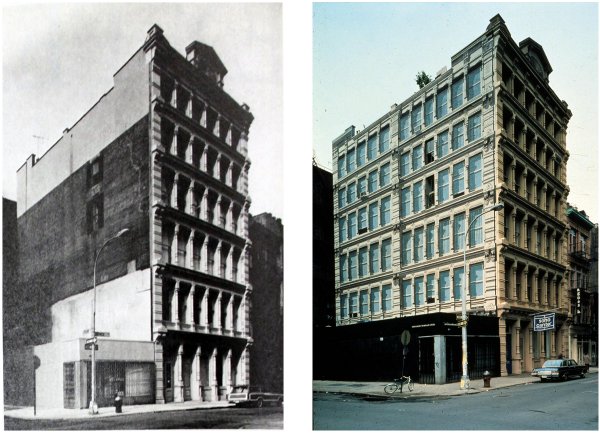Jean Tinguely presented Homage to New York in the sculpture garden at the Museum of Modern Art in 1960. New York governor Nelson Rockefeller and three television crews watched as the machine played a piano, produced an abstract painting, and inflated a weather balloon, then set itself afire. Tinguely summoned a firefighter to extinguish the blaze and then finished the destruction with an ax.
He followed this up with Study for the End of the World No. 2, a sculpture assembled from odds and ends collected from Las Vegas scrapyards and blown up in the Nevada desert to invoke the testing of atomic bombs:
As a comment on the ephemeral nature of text, in 1992 William Gibson wrote a 300-line poem titled Agrippa (a book of the dead) and published it on a 3.5″ floppy disk in a book of art by abstract painter Dennis Ashbaugh. The disk was programmed to encrypt itself after a single use, and the book’s pages were chemically treated to fade on exposure to light. Ironically, the text was pirated at its first performance and is now extensively archived at the UCSB English department.









